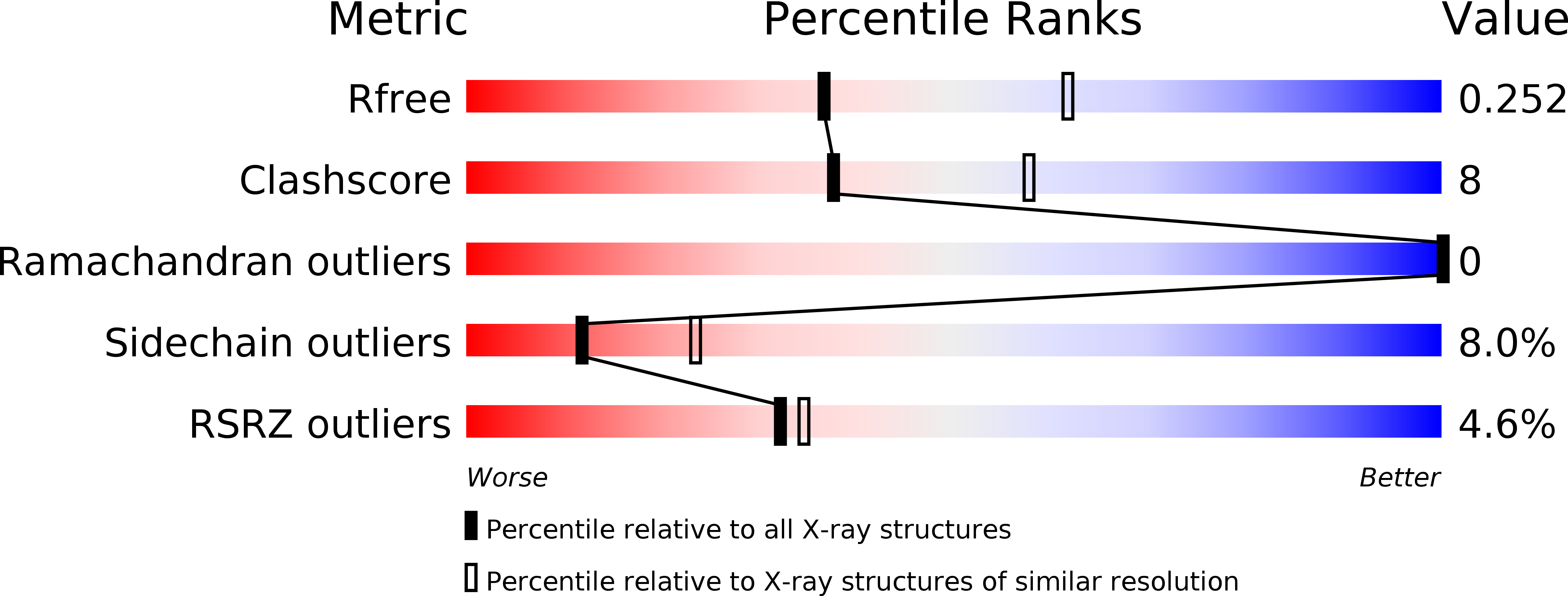
Deposition Date
2015-11-25
Release Date
2016-12-07
Last Version Date
2025-04-09
Method Details:
Experimental Method:
Resolution:
2.50 Å
R-Value Free:
0.24
R-Value Work:
0.18
R-Value Observed:
0.19
Space Group:
P 62 2 2


